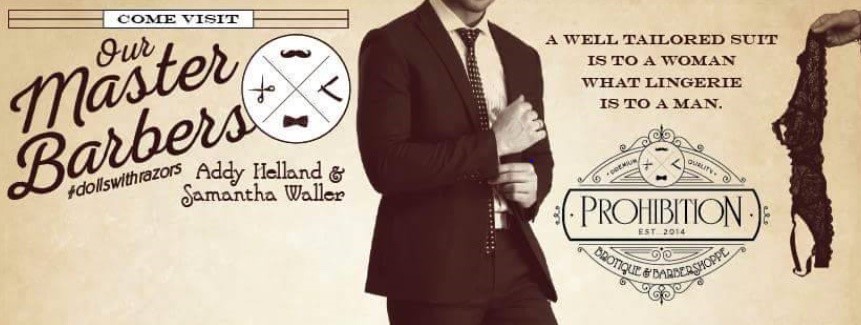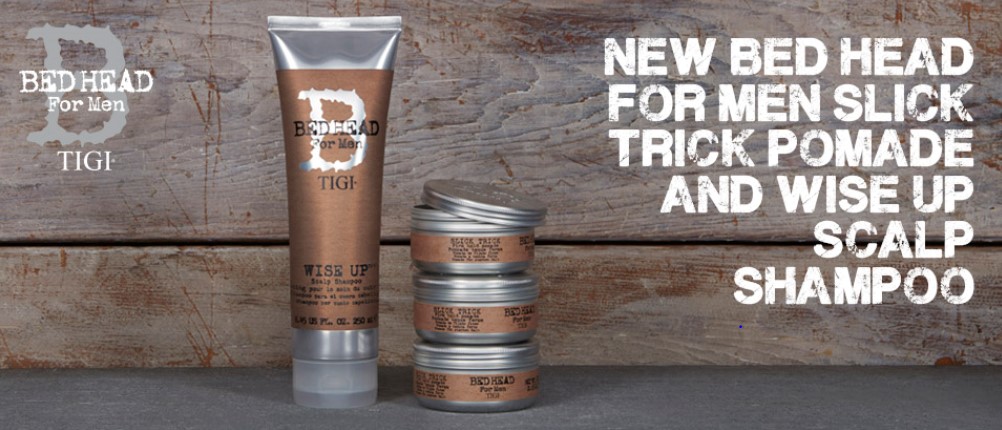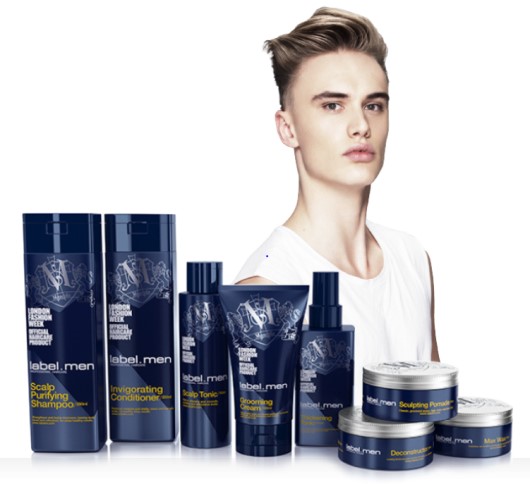Over the last three years, the professional hair care industry has been a witness to the rapidly increasing interest of male consumers in using professional hair care products. While one could trace several factors contributing to this phenomenon, such as more professional hair care products being launched specifically for men or the greater interest from male consumers to use products with high efficacy, the root of this change is instead linked to the emergence of a new cultural shift among men focused on cultivating the sense of a natural lifestyle, strong identity, and masculinity through good grooming.
It is difficult to determine the exact year when barbershops started to re-emerge; however, the highest growth in the number of their establishments in the United States and Europe happened in 2015. The modest attempt to establish the men’s designated corners in select professional hair salons started to take place back in 2012 and was instrumental in laying the cornerstone for the establishments catering exclusively to men. While the concept of a barbershop has been regarded as being synonymous with a typical male-oriented grooming facility, its modern model has been equipped with additional functions: the place to be groomed and that of a meeting spot with friends. In this respect, it is not a coincidence that the latest wave of barbershops and manufacturers of professional male products are taking inspiration from the times of Prohibition in America (from 1920-1933), where visits to barbershops were common for men and where concealed consumption of alcohol among friends took place.


This important character of postmodern barbershops, which embraces the model of unique business multifunctionality, can be hardly replicated by other distribution outlets, such as mass retail or direct sales. In fact, this unique character of the present day barbershop business models also serves as comforting assurance that this trend is not just a wave that will soon disappear, but rather continue in its expansion and revenue growth.
According to our recently published Salon Hair Care Global Series report, sales of the U.S. professional hair care products for men are estimated to be around 3.0% of the overall market. The segment increases by over 9% in the United States, followed closely by Europe with a 6% growth in 2015. This increase has been stimulated by new product launches for men and the emergence of new niche brands sold exclusively in barbershops, as well as increasing demand from male consumers in professional hair care regarding more efficacious products.


Lately, a host of small brands, born out of barbershops, have emerged and expanded their distribution. These brands are focused on overall grooming, including products for body and beard care, such as Gibs (Gibs), Momentum (Simply Organic Beauty), and Johnny B (Johnny B). Some of the brands, such as Gibs, offer oils that can be used on beards, hair, and tattoos. These products are more apt to be found in high-end barbershops rather than unisex salons that predominately cater to women.
To understand the great business potential offered by the barbershop trend, Kline embarks on a new market research study titled Barbershops: Global Market Brief. This new study will investigate the size and growth of the barbershops industry in 2015 and 2016 in Asia, Europe, Latin America, and the United States and will be supplemented with structured interviews conducted with barbershops across nine countries. In addition to this new study, our Male Grooming Products: U.S. Market Analysis and Opportunities and Men’s Skin Care Market in the United States reports will provide you with a complete view on men’s grooming routines.

